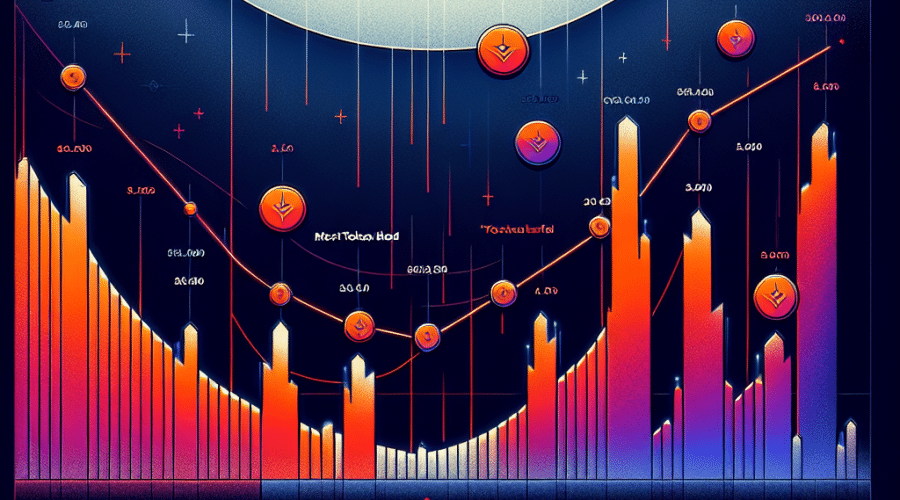Key Points:
Despite a significant inflow of about $1 billion into Bitcoin spot exchange-traded funds, Bitcoin’s price saw a decline of 2.8%. This decline coincided with the discovery that a dormant Bitcoin wallet containing coins from 2011 had been activated once again. Attention has also been drawn to US import tariffs and fiscal deficits, which are believed to be affecting investor sentiment towards Bitcoin. Essentially, apprehension is building around the potential negatives of a global trade war, with attention drawn to the Wednesday deadline for the increase in import tariffs revealed by US President Donald Trump.
An Unusual Coin Transfer
During this period, crypto-investors were drawn to an unusual activity where a long-forgotten Bitcoin wallet started moving coins for the very first time this decade. Onchain analysts believe that this wallet, which transferred over 80,009 BTC, could be linked to a miner from 2011. The miner is reported to have at one time held over 200,000 BTC. Any unexplained transaction or movement of this magnitude often raises issues of potential selloffs, causing anxiety among investors.
Price Dip and Oversold Market Conditions
The price drop down to $107,400 on Friday came alongside a rejection close to the $110,500 mark. The drop’s timing coincides with the $1 billion net inflows into spot Bitcoin ETFs over the two days. Despite the price wobble, Bitcoin was trading just 1.5% below its all-time high, suggesting that market participants took profit before the weekend break.
Market Speculations and Bitcoin Wallet Transfer
While large movements to dormant wallets are not particularly rare, the sudden appearance of the aforementioned Bitcoin wallet led to market speculation. If the wallet’s holder planned to sell the BTC, continuously moving such significant amounts would attract attention and end up counterproductively impacting prices. This movement has served to lessen the likelihood of any immediate sale taking place.
Impact of Global Macroeconomic Factors
Many analysts believe the recent market weakness is more linked to growing macroeconomic concerns rather than specific cryptocurrency developments. Michael Hartnett, Chief Investment Strategist at Bank of America Global Research, reportedly advised investors to limit their exposure if the S&P 500 gets close to 6,300 points.
Given the US government’s approval of a $3.4 trillion fiscal package involving comprehensive tax cuts, the team at Bloomberg notes that fiscal bubble risks are increasing. Such fiscal outlooks could reduce demand for long-term government bonds, ultimately affecting broader risk markets, including Bitcoin.
Summary
To conclude, pressure from various concerns is likely weighing on Bitcoin’s value. There is growing uncertainty in the global economy, coupled with fear of a potential global trade war, has been negatively affecting Bitcoin. Bitcoin investors, alongside other market participants, will be watching closely to see what happens next as macroeconomic conditions continue to fluctuate.


















